Top Things to Know Before Buying House Plants for Sale Near Me
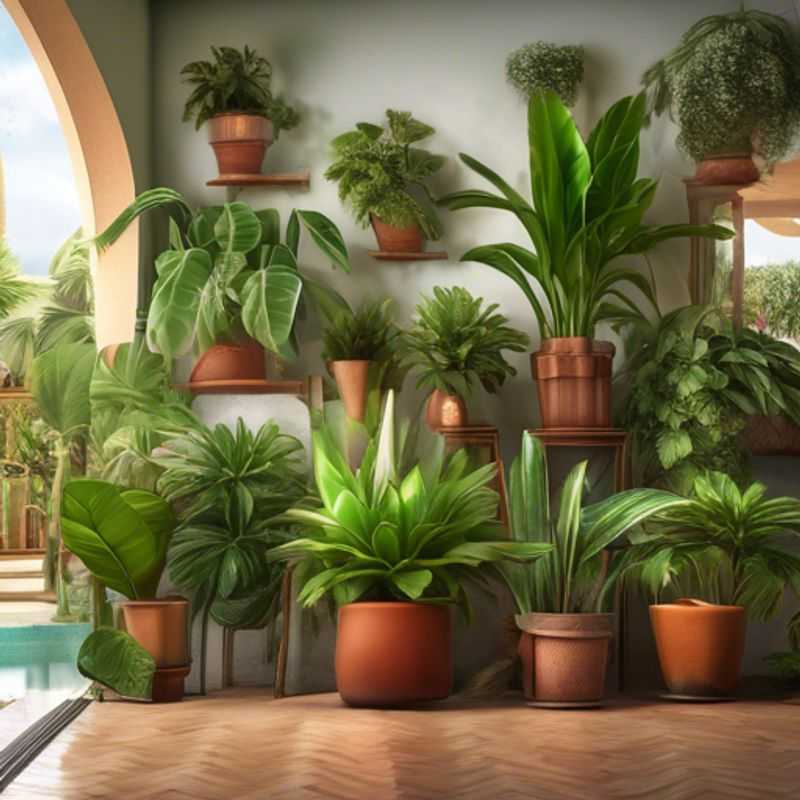
Top Things to Know Before Buying House Plants For Sale Near Me: A Guide to Finding the Perfect Green Companion
Bringing the vibrancy of nature indoors is a wonderful way to enhance your home's ambiance and well-being. But before you embark on your green journey, a few key considerations can ensure a successful and fulfilling experience. Let's delve into the top things to know before purchasing houseplants near you.
1. Measure Your Space: The first step is to assess your home's available space. Consider the height, width, and depth of the area where you plan to place your plants. This will help you determine the appropriate plant size and prevent overcrowding.
2. Research Plant Needs: Every houseplant has its own unique preferences for light, water, and humidity. Before making a purchase, research the specific requirements of the plants you're interested in. This knowledge is crucial for providing the right care and ensuring their long-term health.
3. Check the Soil: The quality of the soil plays a vital role in plant growth. Inspect the soil for its texture, drainage, and nutrient content. Ensure that the soil is well-draining to prevent root rot and provide a healthy environment for your plants to thrive.
4. Inspect for Pests and Diseases: Before bringing any new plants home, carefully inspect them for signs of pests or diseases. Look for insects, discoloration, or any other unusual appearances. Early detection and treatment can prevent infestations and maintain the health of your plants.
5. Consider Maintenance Level: Some houseplants are more demanding than others when it comes to care. Consider your lifestyle and time commitment before choosing a plant. If you're a busy individual, select low-maintenance varieties that don't require frequent watering, pruning, or fertilization.
6. Choose Reputable Sources: Look for reputable local nurseries or online retailers that offer high-quality plants. Ask for recommendations from friends, family, or local gardening enthusiasts. Reputable sources typically provide healthy plants with proper labeling and care instructions.
7. Learn About Care Techniques: Once you've brought your new plants home, take some time to learn about their specific care needs. This includes proper watering techniques, fertilizing schedules, and potential pests and diseases to watch out for. Knowing how to care for your plants will ensure their continued growth and beauty.
By following these guidelines, you'll be well-equipped to choose the perfect houseplants for your home. Remember, a little research and planning go a long way in creating a flourishing indoor oasis.

Measure Up: Determining the Perfect Plant Size for Your Home
Choosing the right plant size for your home is crucial for its growth and your enjoyment. Before bringing a new plant home, measure the available space to ensure a comfortable fit. Consider the plant's mature size, as it can significantly expand over time. Factor in the pot's dimensions and any additional space required for growth. A common rule of thumb is to allow at least twice the width and height of the pot for mature growth. This ensures ample room for the plant's roots and foliage.
For example, if you have a space that measures 3 feet wide, a plant with a pot that is 1.5 feet wide would be a suitable choice. When measuring, keep in mind the plant's shape. If the plant is tall and narrow, you might have more vertical space than horizontal space to work with. Similarly, if the plant is spreading, you'll need a wider space.
It's also important to consider the type of plant you're choosing. Some plants, like succulents, are relatively compact and can thrive in smaller spaces. Others, like large trees, require ample space to grow.
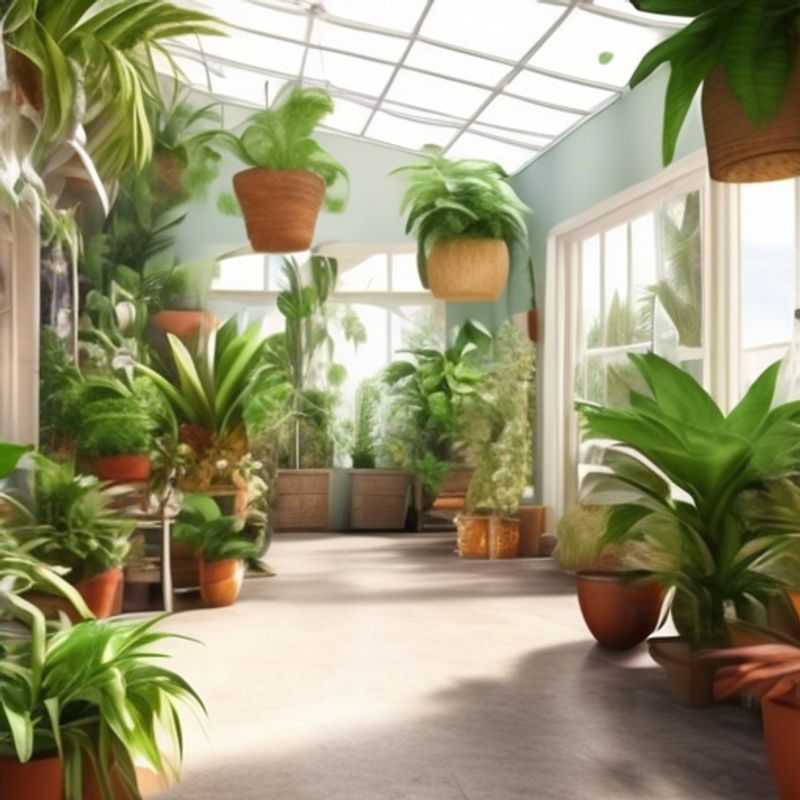
Unlocking the Secrets of Happy House Plants: Light, Water, and Humidity Requirements
Understanding the specific needs of your house plants is key to their thriving. This involves researching the light, water, and humidity requirements of each species. You can find this information through various online resources, gardening books, or plant nurseries. Always double-check the information you find to ensure accuracy, as different sources may have varying recommendations. Consider the following:
Light Requirements:
Light plays a crucial role in plant growth. Some plants thrive in direct sunlight, others prefer indirect light, and some are best suited for low-light conditions. Always match your plant's light requirements to the location you choose for it. Pay attention to the amount of direct sunlight your home receives throughout the day.
Water Requirements:
Overwatering is a common cause of houseplant death. Each plant species has unique water needs. You should research the specific watering frequency for each plant and adjust based on the season and humidity. Always check the soil moisture before watering, and ensure good drainage to prevent root rot.
Humidity Requirements:
Humidity is vital for tropical and subtropical plants. Many houseplants need a humid environment to thrive. You can increase humidity using a humidifier or by placing plants together in a group. Remember, each plant species has its own humidity needs, so research before making any adjustments.
Investing time in researching your plants' needs is a worthwhile effort. It will help you avoid common mistakes and ensure their longevity in your home. Don't be afraid to experiment and find what works best for your plants.
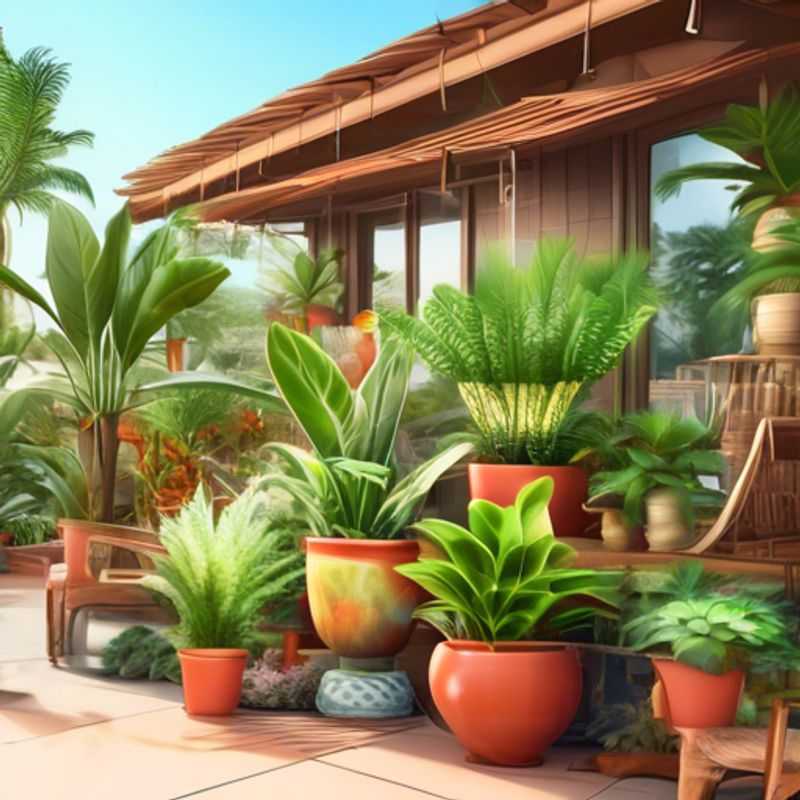
Healthy Roots, Happy Plants: Checking Soil Quality and Drainage to Prevent Root Rot
Root rot is a common problem for plants, and it can be caused by a variety of factors, including poor soil drainage. To prevent root rot, it is important to check the soil quality and ensure that it drains properly.
The best way to check soil quality is to perform a simple test. Dig a small hole in the soil and fill it with water. If the water drains away quickly, the soil is well-drained. If the water sits in the hole for a long time, the soil is poorly drained.
If the soil is poorly drained, you can improve drainage by adding amendments such as compost, sand, or gravel. These amendments will help to loosen the soil and allow water to drain more easily.
Another way to prevent root rot is to avoid overwatering. When watering plants, be sure to allow the soil to dry out slightly between waterings.
If you notice any signs of root rot, such as wilting, yellowing, or stunted growth, you should take steps to address the problem immediately. This may include repotting the plant in fresh, well-drained soil, pruning away any damaged roots, and treating the plant with a fungicide.
By following these simple tips, you can help to prevent root rot and keep your plants healthy and thriving.
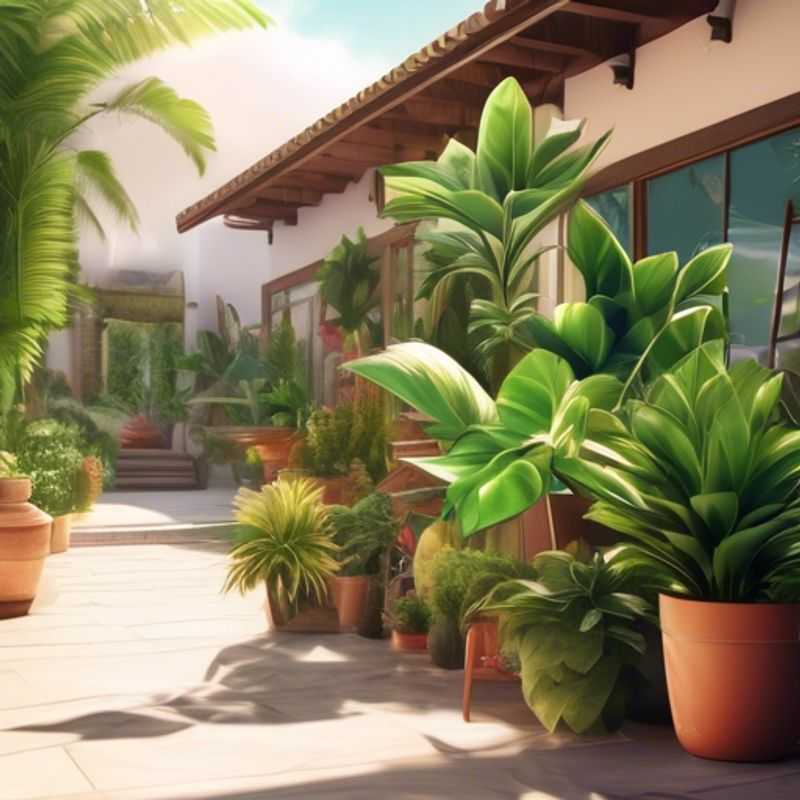
Don't Get Bugged: Inspecting Plants for Pests and Diseases Before You Buy
Bringing a new plant home is exciting, but taking a moment to inspect it before purchasing can save you a lot of trouble later. Thoroughly examine the plant for any signs of pests or diseases. Look for tiny insects, discoloration, wilting, or unusual spots on leaves.
Common pests include aphids, spider mites, mealybugs, and scale. Diseases often manifest as spots, mold, or wilting. If you spot any of these, consider choosing a different plant to avoid introducing the problem into your home garden.
A quick inspection can prevent a costly and frustrating experience. It's a small investment in time that can save you headaches in the long run, ensuring a healthy and beautiful plant for your home.
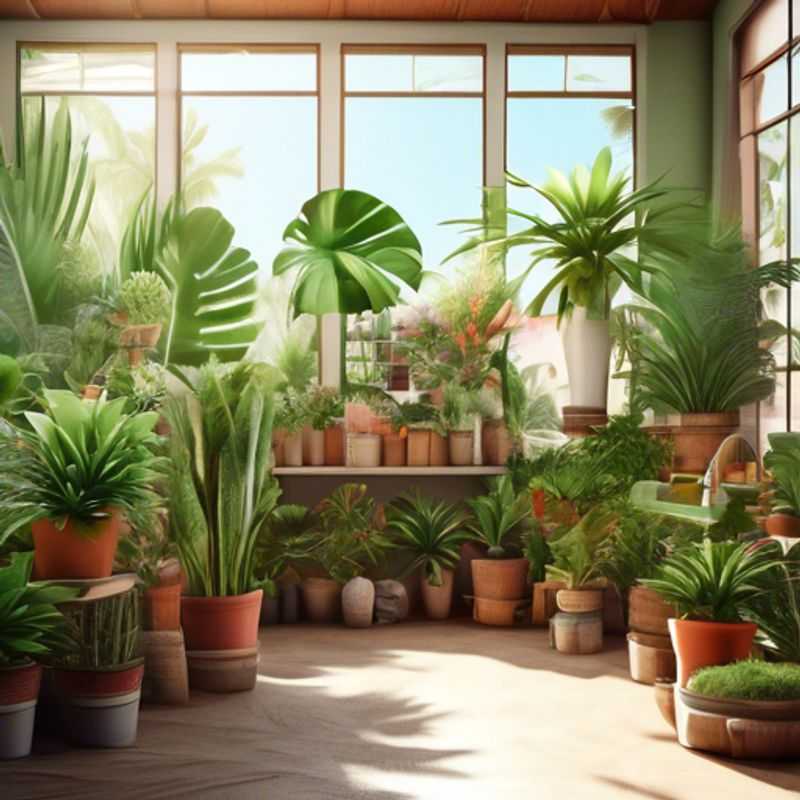
Green Thumb or Black Thumb? Picking Plants Based on Your Maintenance Level
Choosing houseplants can be exciting, but it's crucial to consider their maintenance needs. Different plants require varying levels of care, from minimal attention to regular upkeep.
Low-maintenance plants, like snake plants, ZZ plants, and succulents, are ideal for beginners or those with busy schedules. These resilient plants thrive with infrequent watering and minimal sunlight.
Medium-maintenance plants, such as peace lilies, pothos, and spider plants, require moderate watering and bright, indirect light. They may need occasional fertilization and repotting.
High-maintenance plants, like orchids, ferns, and tropical plants, demand more attention. They often need specific humidity levels, frequent watering, and specialized fertilizers.
Researching the plant's specific needs is essential before bringing it home. Consider factors like light requirements, watering frequency, humidity preferences, and potential pest susceptibility.
Assessing your lifestyle and available resources will help you determine the right plant for your home. If you travel often or lack time for regular care, low-maintenance plants are a better choice.
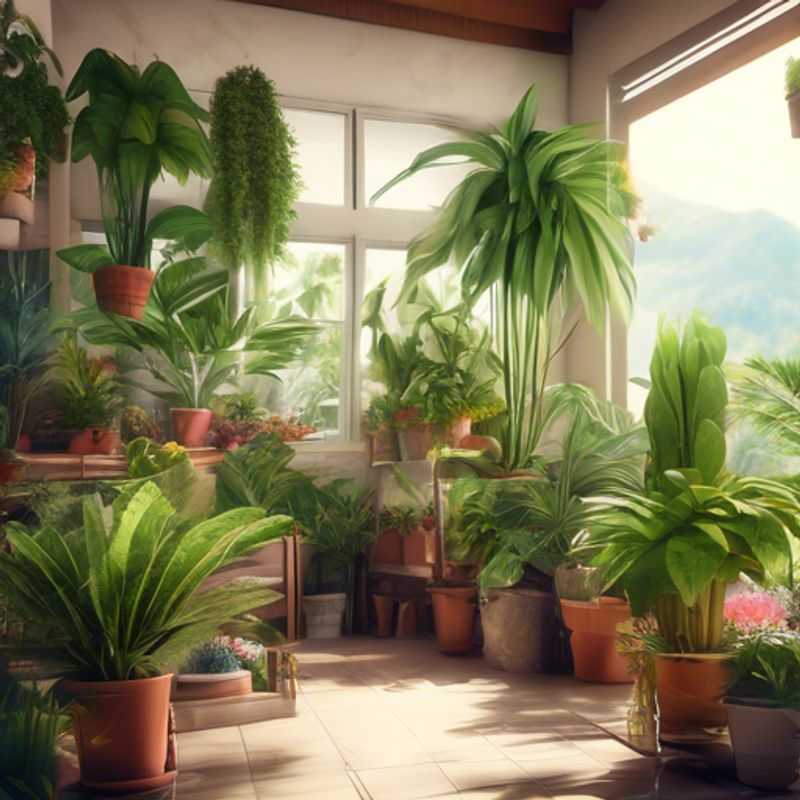
Finding Reliable Sources: Where to Buy Healthy Plants
When acquiring plants, it is paramount to prioritize quality to ensure a thriving garden. This means selecting reputable sources that prioritize plant health and customer satisfaction. Reputable nurseries or online retailers offer a variety of benefits, such as knowledgeable staff, quality assurance, and customer support.
Local nurseries provide an opportunity to interact with experienced staff who can provide valuable advice on plant selection and care. Visiting the nursery allows you to physically assess the plants, ensuring their health and condition. However, local nurseries may have limited variety and availability, depending on their location and season.
Online retailers offer wider selection, competitive pricing, and convenient delivery. They provide comprehensive product information and customer reviews, aiding informed decision-making. However, online purchases require thorough research to ensure the retailer's reputation and reliable delivery.
Before purchasing plants, it is essential to consider the specific needs of your garden, including climate, soil type, and desired aesthetics. Reputable sources can offer guidance on suitable plant varieties and care requirements.
Remember: Always inquire about the source of the plants, their age, and any potential pests or diseases. If purchasing online, carefully inspect the plants upon delivery and contact the retailer for any issues.
By choosing reputable sources, conducting thorough research, and considering your specific needs, you can increase your chances of acquiring healthy and thriving plants for your garden.
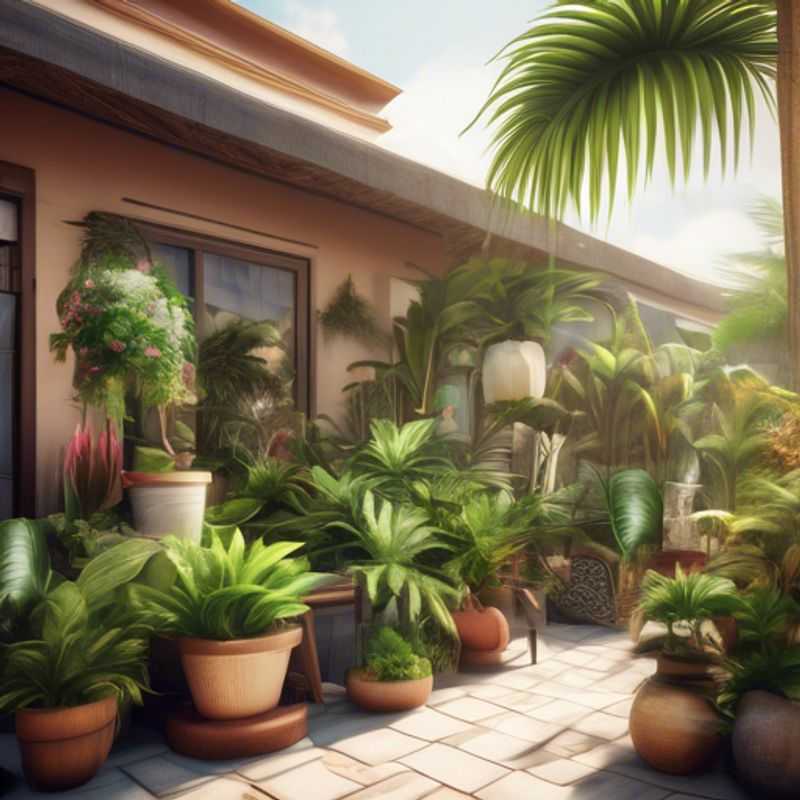
From Wilting to Thriving: Mastering the Art of Houseplant Care
Ah, the joy of houseplants! These verdant companions bring a touch of nature indoors, but like any living creature, they require proper care and attention. Let's dive into the essentials of keeping your leafy friends flourishing.
First, let's talk light. Houseplants, much like us, crave a healthy dose of sunshine. Determine your plant's specific lighting needs, whether it prefers bright, indirect light, or can tolerate lower light conditions. A good rule of thumb is to observe the leaves – if they're drooping or yellowing, they might be seeking more sunshine.
Next, we delve into watering, the lifeblood of our plant pals. The key is to strike a balance – too much water can lead to root rot, while too little can cause dehydration. The best approach is to let the top inch of soil dry out before watering thoroughly. And remember, different plants have different thirst levels. Some crave moisture, while others prefer to be on the drier side.
Now, onto fertilizing, a vital step in providing essential nutrients. Just like we need vitamins and minerals, so do our plants. Choose a balanced fertilizer specifically formulated for houseplants and follow the directions carefully. Over-fertilizing can be just as harmful as under-fertilizing. You can generally fertilize during the growing season (spring and summer) and reduce or cease during the dormant period (fall and winter).
Lastly, don't forget about re-potting. As plants grow, they may outgrow their current container. Repotting with fresh soil and a slightly larger pot can provide the necessary space for healthy growth.
